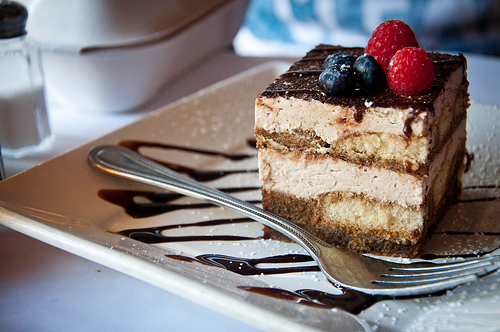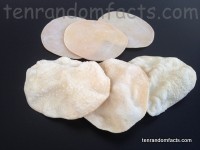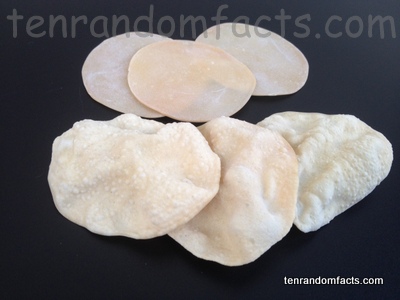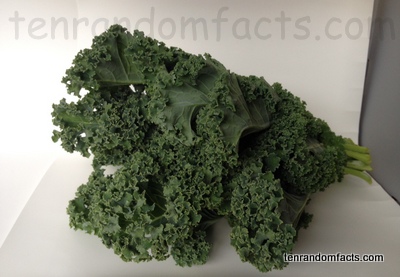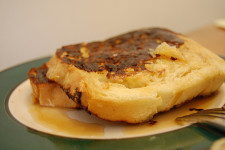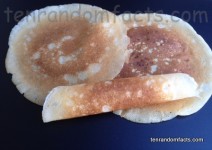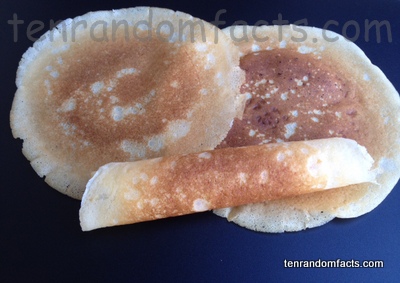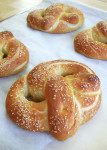
Try not to let pretzels get you twisted!
- A pretzel is a kind of bread that is formed so that it has the appearance of a knot, and it is often coated with salt, chocolate, seeds, sugar, nuts or other flavours.
- Pretzels are typically twisted into a shape that has three holes and is roughly symmetrical.
- Though there are many theories regarding the origins of pretzels, it is thought that they were first invented in the earlier centuries AD, possibly made in European monasteries and distributed to those children that prayed.
- Pretzels are made of dough, commonly containing yeast, and are shaped and sometimes dipped in a lye solution before being baked in an oven.
- The pretzel knot is traditionally known to represent a person praying with crossed arms, and to form the typical three hole bread shape with one’s arms, cross them over the chest, and place each hand on the opposite shoulder or upper arm.
Pretzels
Image courtesy of Bryan Ochalla/Flickr
- Pretzels have been popularised by Europe’s Germany over the centuries, and the first known illustration of the bread in 1185 also hails from Germany.
- Pretzels can be hard or soft in nature, with textures ranging from crispy, flaky, smooth and rough, and the dough can be plain or sweetened prior to baking.
- The term ‘pretzel’ comes from the German word ‘prezel’ or ‘brezel’, (other German words include ‘bretzel’, ‘breze’ and so on), which originally came from the Latin word ‘bracchiatus’ which means ‘with arms or branches’.
- On average, an American will eat 700 grams (1.5 pounds) of pretzels on an annual basis, though if you live in the US state of Pennsylvania where they are very common, consumption is more likely to be 5.4 kg (12 pounds) each year.
- There are many traditions associated with pretzels, one of which was that they were commonly hidden in the Easter period, in a similar way that eggs are hidden today.
Bibliography:
How Did the Pretzel Get Its Shape?, 2015, Wonderopolis, http://wonderopolis.org/wonder/how-did-the-pretzel-get-its-shape/
Pretzel, 2015, Wikipedia, https://en.wikipedia.org/wiki/Pretzel
Upton E, The History of Pretzels, 2013, Today I Found Out, http://www.todayifoundout.com/index.php/2013/06/the-history-of-pretzels/







